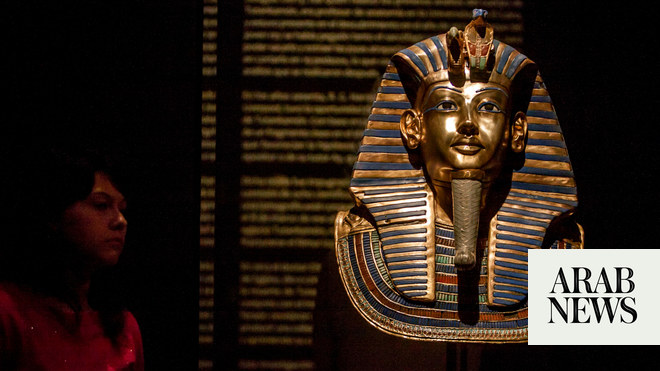
Not many people get wildly excited by a concrete bus shelter but Elain Harwood is, proudly and unapologetically, one of them. “It is grand, I love it … it is a simple curve and absolutely as minimal as could be.”
Harwood, an architectural historian with Historic England, is enthusing about Newbury Park bus station in Ilford, one of nine sites being recognised by Historic England to mark the 70th anniversary of the Festival of Britain.
On Thursday it announced that two sites were having their listing upgraded and a further seven are being relisted because of their festival links.
The relistings include the Royal Festival Hall, Barbara Hepworth’s sculpture Contrapuntal Forms and the bus station. Harwood, senior architectural investigator at Historic England, said the curved concrete structure, with its copper panelled roof, was a truly beautiful thing.
“It looks like an Indian dosa, it looks so thin you could just snap it with your finger, it is so light.”
It was designed in 1937 by Oliver Hill. The war meant construction was delayed until the late 1940s and when it finally arrived it went down a storm, described by one critic as “an extraordinary bit of bravura”. In 1951 it gained the most votes in architectural awards handed out by the festival to reward the nation’s best postwar civic design.
The new listings are being announced to remember a festival which this week, 70 years ago, would have been at its busiest.
Running from May until September it was intended as a spirit-raising national exhibition celebrating design, science, technology, architecture, industry, and the arts. It was about optimism and recovery after the worst of times.
Events took place across Britain and more than 8 million people visited London in the summer of 1951. “The festival was the last great national event before the advent of mass television, so people had to go and see it for themselves,” said Harwood.
The upgraded listings include Calvary Charismatic Baptist Church, originally Trinity Congregational Church, in Poplar. It was built in the early 1950s as part of the festival’s live architectural exhibition which showcased postwar redevelopment in real time.
The church, Historic England says, is “one of the first buildings in Britain to adopt a consciously modern Scandinavian style” and has a strikingly high tower because it shows off a bell that was all that survived a direct German hit on the previous church.
Nearby on the Lansbury estate was a new school, shops and show homes. “You could get the boat from the Royal Festival Hall to docklands and go and tour this site,” said Harwood. “The show homes were a way of showing off British manufacturing but also seeing how you might furnish your own council house in a modern way.”
Relisting of sites essentially involves updating and adding to listing descriptions, some of which were written 30 years ago. Upgrading from Grade II to Grade II* means places are eligible for more grant money.
The second upgraded site is Christ Church in Coventry, built between 1956 and 1958 and directly inspired by the festival. Its lavish interior was described by the Architects Journal as “Pleasure Gardens pastiche”.
The Hepworth relisting celebrates the joy of putting great public art in accessible spaces.
The 10ft high sculpture was one of many artworks commissioned for the festival by the Arts Council and stood outside the “Dome of Discovery” on the South Bank.
After the festival, anything that could be easily detached and shifted was offered to local authorities. Harlow was first to put its hand up and the sculpture takes pride of place on a housing estate.
“That’s the extra glory of it,” said Harwood. “It just sits outside a block of flats, very happily … it is appreciated and has become part of the community.”








